 An apprentice geisha, or maiko, dressed in Heian period costume at Jidai Matsuri.
An apprentice geisha, or maiko, dressed in Heian period costume at Jidai Matsuri.The Jidai Matsuri, or Festival of Ages, is one of Kyoto's most famous festivals, along with Aoi Matsuri and Gion Matsuri. Held on October 22, it commemorates Emperor Kammu's decision to move the capital of his Empire from Nara to Kyoto on the same day in the year 794.
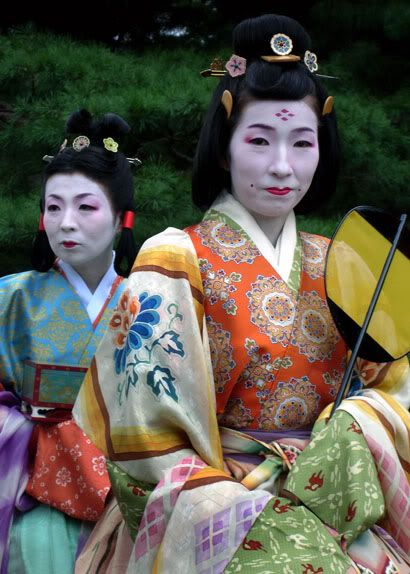
Chinese influence.
Originally instituted to raise Kyoto's moral after the loss of the capital and Imperial Court to Tokyo in 1868, it begins with the mikoshi (portable shrines) of the first and last Kyoto emperors being carried to the Old Imperial Palace, followed by a 5 hour long procession of approximately 2000 Kyoto natives dressed in lavish, period costumes representing styles from throughout Kyoto's history, beginning with the modernized soldiers of the Meiji era, corresponding with the end of the Kyoto capital in 1868, all the way back to the founding of the capital, during the Heian period.
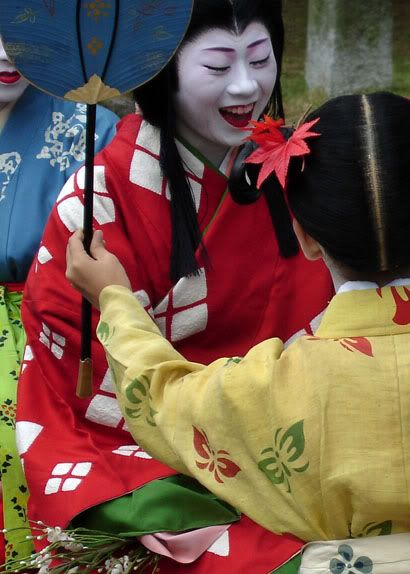
Originally instituted to raise Kyoto's moral after the loss of the capital and Imperial Court to Tokyo in 1868, it begins with the mikoshi (portable shrines) of the first and last Kyoto emperors being carried to the Old Imperial Palace, followed by a 5 hour long procession of approximately 2000 Kyoto natives dressed in lavish, period costumes representing styles from throughout Kyoto's history, beginning with the modernized soldiers of the Meiji era, corresponding with the end of the Kyoto capital in 1868, all the way back to the founding of the capital, during the Heian period.

A geisha laughs as she plays with a young girl.
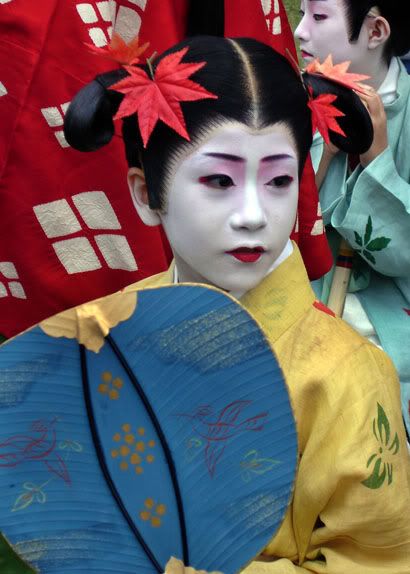

A young girl dressed as a child of the Heian court.

An apprentice Geisha, or maiko, seeking refuge beneath the veil of her Heian period costume.


A maiko and geiko chat while an older geisha in the background watches a young maiko take a quit shot with her ketai, or mobile phone.
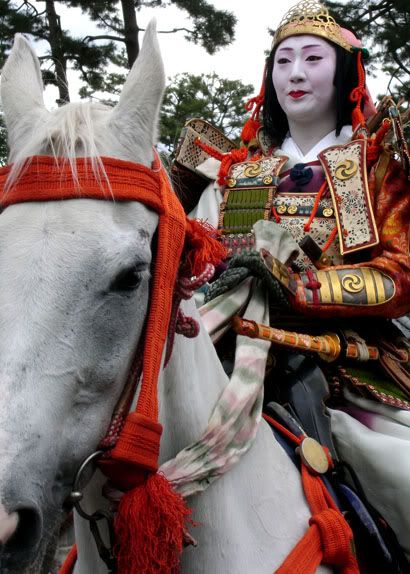

Tomoe-Gozen was the wife of General Kiso Yoshinaka. She fought courageously alongside her husband in battle, one of the few examples of a true female samurai in japanese history.
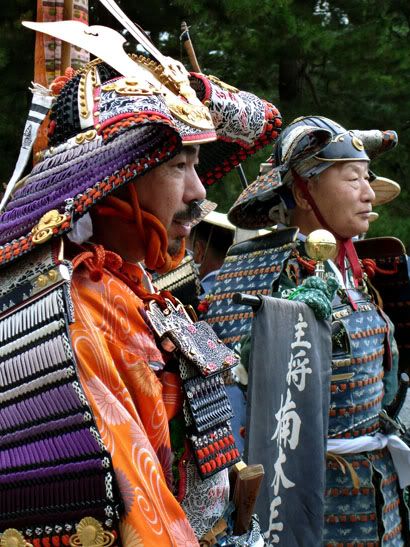
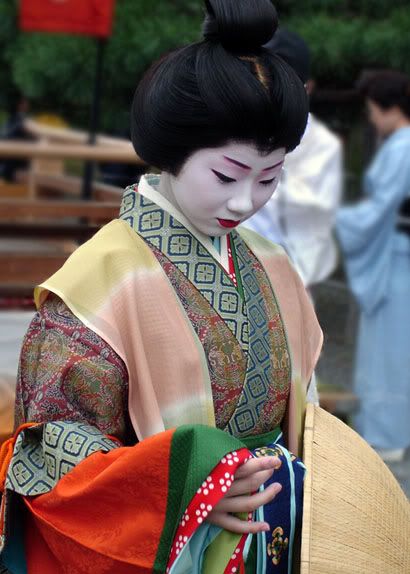


MORE COMING SOON!


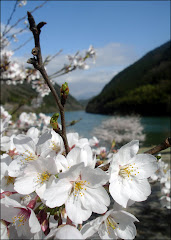

8 comments:
oh ... you were there for jidai festival ?
hi melissa. i saw your picture posted in japan times today. the one on kiyomizudera. congrats.
I have read abt Geishas... they seemed like good & effective weaponary ;-) nice pix.
Patrick! Ofcourse I was there! I wouldnt have missed it for the world! I was planning on going back to Kurama Himatsuri, but I got sick and spent the night in the hotel :( I was so sad! Kurama Himatsuri was my first festival in Japan!
Your photos are absolutely amazing, they could easily be published in National Geographic! You seem to have a great eye for composition and colour. Could you possibly tell me what kind of camera & film you use? Thanks.
Dr 02 :) Hehehe thats great! Yeah, those Geisha are dangerous! The Japanese femme fatale!
Inge! Thank you! What a compliment...I wish! Actually, I use a tiny Cybershot point and shoot by sony! Sony was my first digital camera, and even though my dream is to own a hardcore digital SLR, like the Cannon Eos 20, I humbly recommend Cybershots! :)
You had a picture posted in the Japan Times? That's amaaazing! OMG Melissa, seriously...it's about time the rest of the world sees how talented you are!! You really must consider publishing a travel journal. These photos are truly some of the best so far. I wish I was still in Japan, I miss hanging out. I'll probably be coming to Tokyo in April w/RL, so we have to meet up! Miss ya lots,
Lindz
Absolutely beautiful photos.
Post a Comment